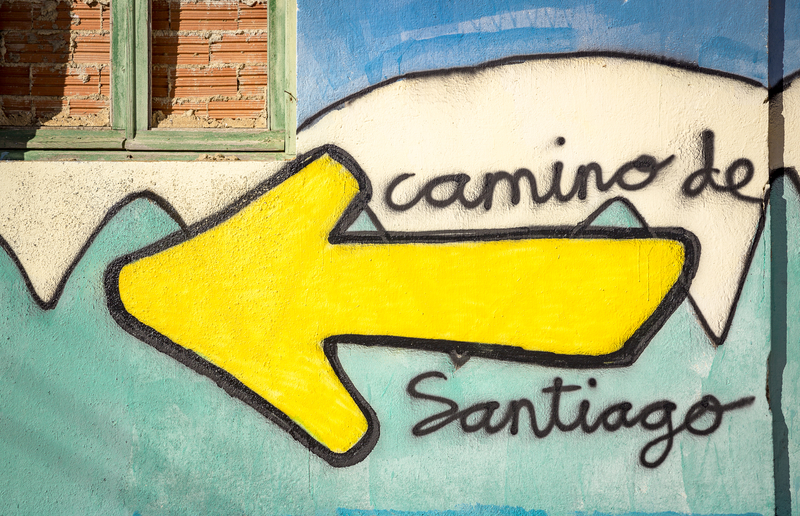The Camino de Santiago (the Way of St. James) is a large network of ancient pilgrim routes stretching across Europe and coming together at the tomb of St. James (Santiago in Spanish) in Santiago de Compostela in north-west Spain.
The history of the Camino de Santiago goes back at the beginning of the 9th century (year 814) moment of the discovery of the tomb of the evangelical apostle of the Iberian Peninsula. Legend holds that St. James’s remains were carried by boat from Jerusalem to northern Spain, where he was buried in what is now the city of Santiago de Compostela.
The Way was defined then by the net of Roman routes that joined the neuralgic points of the Peninsula. During the 14th century the pilgrimage began to decay, fact brought by the wars, the epidemics and the natural catastrophes. The recovery of the route begins at the end of the 19th century, but it is during the last quarter of the 20th century when the authentic contemporary resurge of the peregrination takes place.
ROUTES:
Camino Francés, or French Way is Saint-Jean-Pied-de-Port, on the French side of the Pyrenees, with Roncesvalles on the Spanish side also being popular.
Camino Primitivo, or Original Way, begins in Oviedo.
Camino Portugués, or the Portuguese Way, starting at the cathedral in Lisbon (for a total of about 610 km) or at the cathedral in Porto in the north of Portugal (for a total of about 227 km).
Camino del Norte, or the Northern Way, starts in the Basque city of Irun on the border with France, or sometimes in San Sebastián.

Recent Comments